Windsor Castle the Royal Stronghold
Windsor Castle is the largest and oldest inhabited castle in the world. For almost 1000 years Windsor Castle has been home to 39 Kings and Queens, and continues to do so. It is the oldest royal residence in the British Isles to be continually inhabited, with the Queen being officially in residence during Easter, and when the annual Order of the Garter service is held in June.
A History of Windsor Castle
Building of the castle first began in 1070, by William the Conqueror, soon after the Norman invasion of 1066, and took 16 years to complete. It's purpose was to protect the western approach to London and an important part of the River Thames, it was also situated close to an old Saxon hunting ground (the Windsor Great Park). Windsor castle was built as one of a chain of castles around London, and sits on the only naturally defensive part of the River Thames.
Windsor Castle's design was a traditional Motte and Bailey castle, which soon became reinforced with stone around the 12th century by Henry II. Unusually, the castle was built with two baileys, the Upper Ward and the Lower Ward. The original Norman keep was rebuilt in 1170 as the Round Tower, and over the next 60 years the outer perimeter was upgraded too, with large defensive towers. The square towers seen today are those of Henry II, whereas the semi-circular towers are from Henry III's reign.
A large new chapel was erected by Henry III, and improvements were made to the royal apartments, wards and stone walls. By Edward III's reign, Windsor Castle had been transformed from a fortification to a gothic palace, and Edward had spent more money on it than any other King (£50,000). His plan was to unify the State Apartments and the monarch's own private apartments, into a single residence in the Upper Ward.
During the construction of the Upper Ward, which began in 1357, the inner Gatehouse with round towers was built. This is known today as the Norman Tower, however, this is rather misleading, as it was built well after the Normans! During Edward III's reign, Windsor Castle played host to a number of tournaments, where elaborate costumes and crests were made for the events. Such was the magnificence of these, that today's helms and banners of the Knights of the Garter originate directly from them.
By now, the Tudors were living in Windsor Castle, and it represented an impressive royal residence. Henry VIII had installed a new Gate in the Lower Ward and the terrace, from which he could watch the hunt in the park below. Henry also used the terrace to practice shooting targets!
Elizabeth I built a long gallery overlooking the North Terrace, eventually incorporated into the Royal Library. Through the reigns of Charles II and George III, new rich interiors were installed, including huge colourful tapestries. Windsor Castle was now becoming a baroque palace.
After the Civil War
Oliver Cromwell had frequently used Windsor Castle as his headquarters during the civil war. It made an ideal prison for royalists, including King Charles I himself! After his execution, on the 30th January 1649, his body was brought to Windsor and put to rest in St George's chapel. Charles was placed in the same vault as Henry VIII's remains.
After the restoration of the monarchy in 1660, things looked brighter for Windsor Castle. Charles II reinstated the castle as his palace, becoming an important symbol of the monarch's restoration. The royal apartments were modernised, to become the grandest of State Apartments in all of England, taking 11 years to complete. One aspect of the modernisation was to provide each apartment with a guard chamber. Within it, the walls would be fitted with a vast display of weaponry, giving the impression that the king was well guarded here.
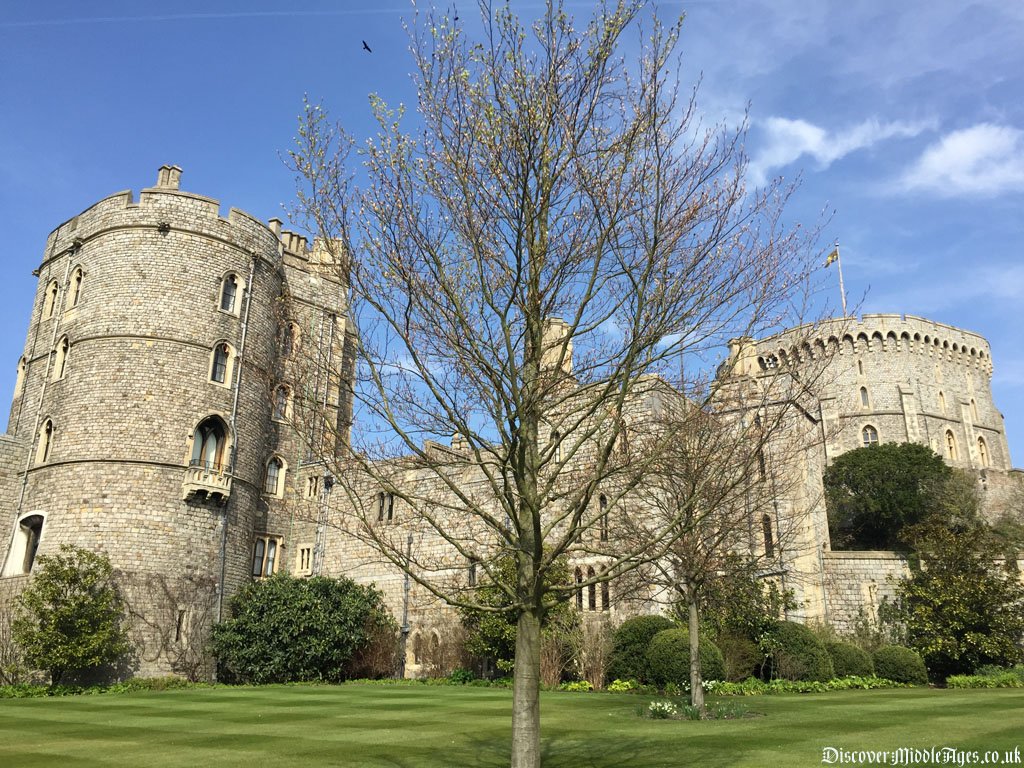
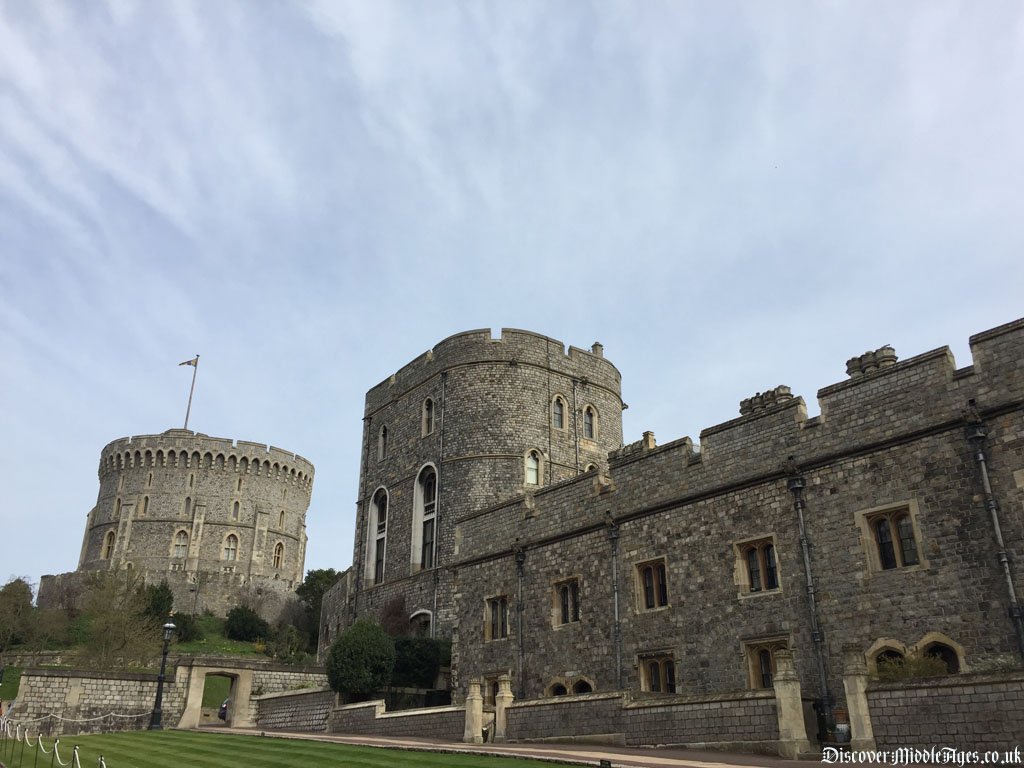


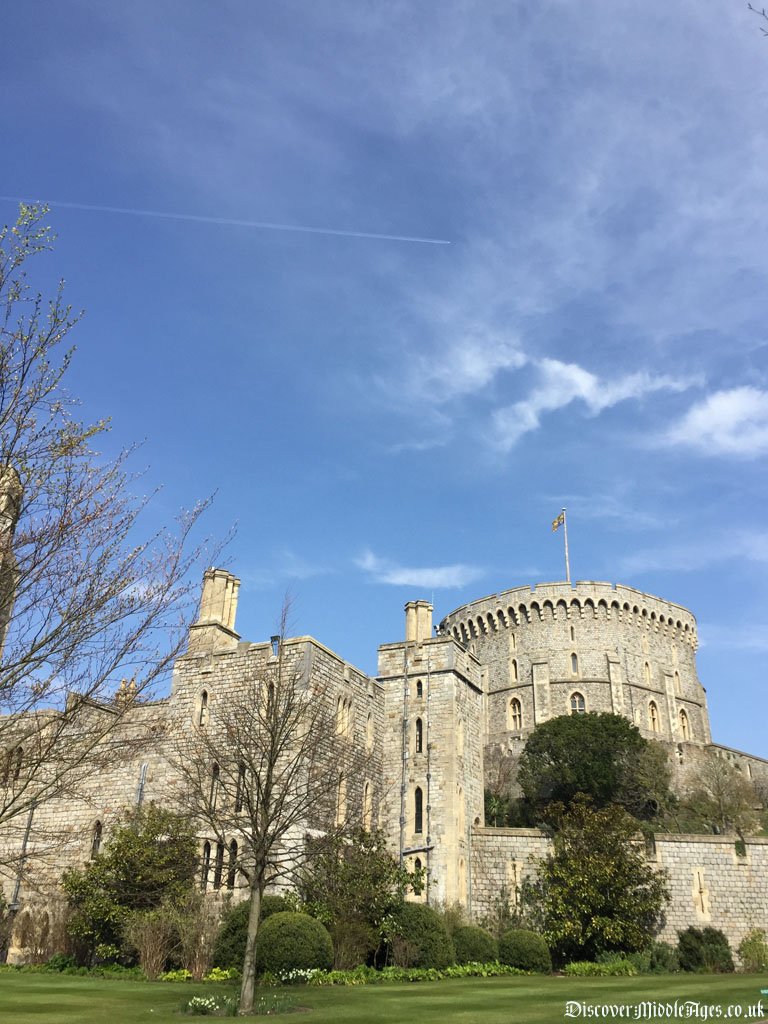
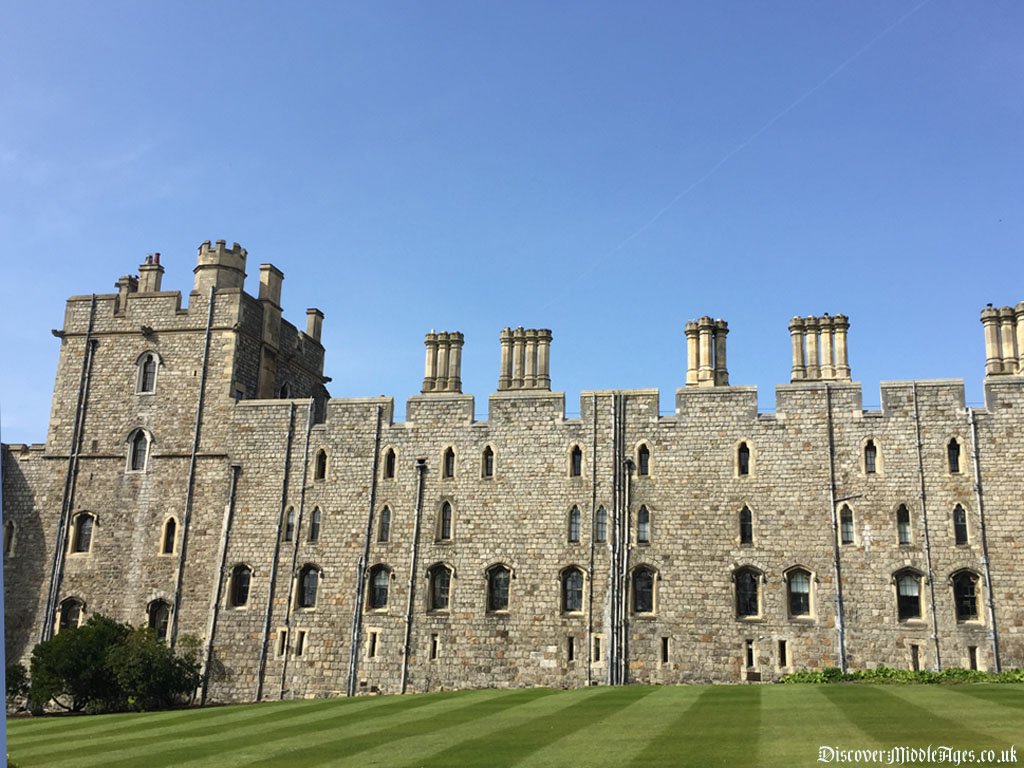
Further glorification of Windsor Castle was made by Charles II. 23 ceilings were painted with mythological murals, promoting the idea of the divine rights of the monarchy. Lavish textiles, with gold and silver embroidery were placed over beds, and the walls were decorated with artwork collected by his father, Charles I. With the King of France, Louis XIV, pressing on with a campaign to build luxurious dwellings with architectural splendour, Charles was eager to follow suit. The Long Walk, with it's avenue of Elm trees (now London Plane trees) was created in 1680, and travelled 4km south of Windsor Castle.
The Hanoverians at Windsor Castle
George III brought Windsor Castle back to being a royal court once more, and also became the home of a growing royal family. New rooms were added and some of the State Apartments were given a neo-classical update. Succeeding his father, George IV wanted to make Windsor Castle more imposing, showing it as a bastion of the monarchy. He had the towers heightened and large stone work installed, increasing the physical presence of the castle. New apartments were built, along with the Waterloo Chamber , which was in celebration of the defeat of Napoleon. Since George IV's restorations, Queen Victoria had very little that needed to be done, apart from building a small private chapel amongst other things.
The Great Fire of Windsor Castle
More recently, in 1992 the great fire of Windsor Castle struck, starting in the private chapel that Queen Victoria had built. The fire gutted the chapel, along with the magnificent St George's Hall, and then followed on to the Grand Reception Room, the State Dining Room and finally the Crimson Drawing Room. The enormous task to repair and restore the lost rooms took 5 years, with most of the damaged areas being restored as they were, with the exception of St George's Hall, which was restored in a gothic style. St George's Hall now adorns hundreds of crests and heraldry over the ceiling and walls, and is a truly amazing room to experience. The ceiling was re-constructed with vast green oaks, using medieval techniques, and it has become the largest timber framed roof in the 20th Century!
St George's Chapel at Windsor Castle
St George's Chapel sits in the Lower Ward of Windsor Castle. In 1475, the Chapel that you see today was starting to be built, and the Quire took 9 years to complete. Henry VIII finally completed te construction in 1528, with the fan vault of the crossing. St George's chapel provides the resting place for many royal monarchs and is also the spiritual home to the Order of the Garter. One of the finest features is the 11 metre high stained glass window on the West side.
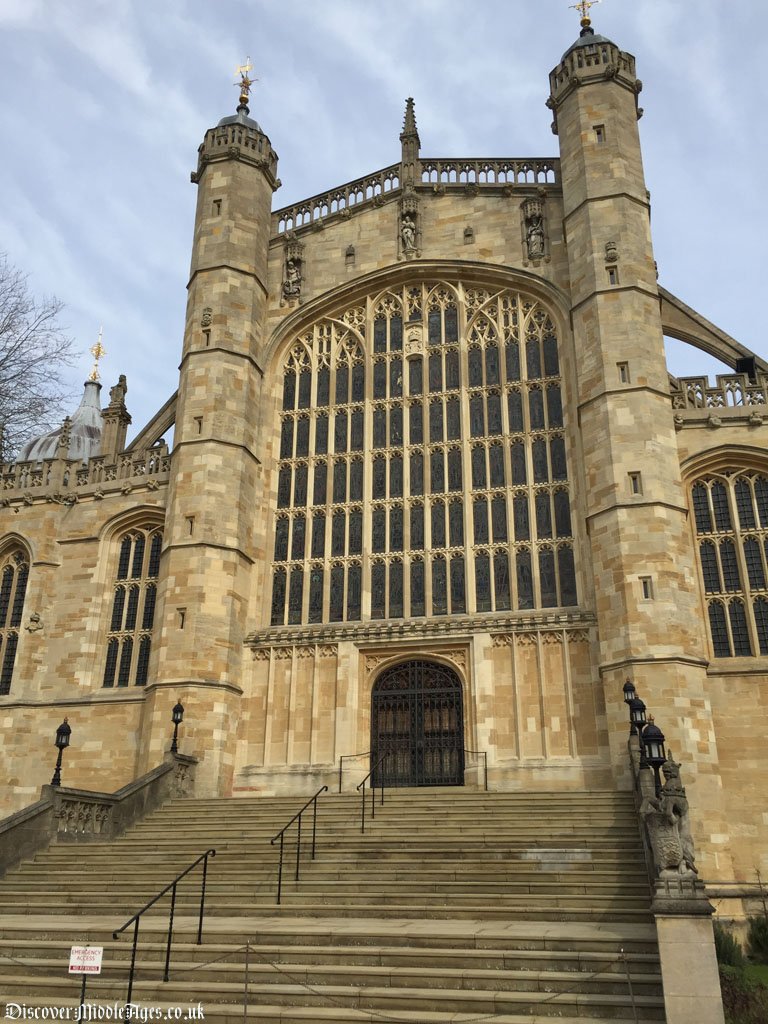

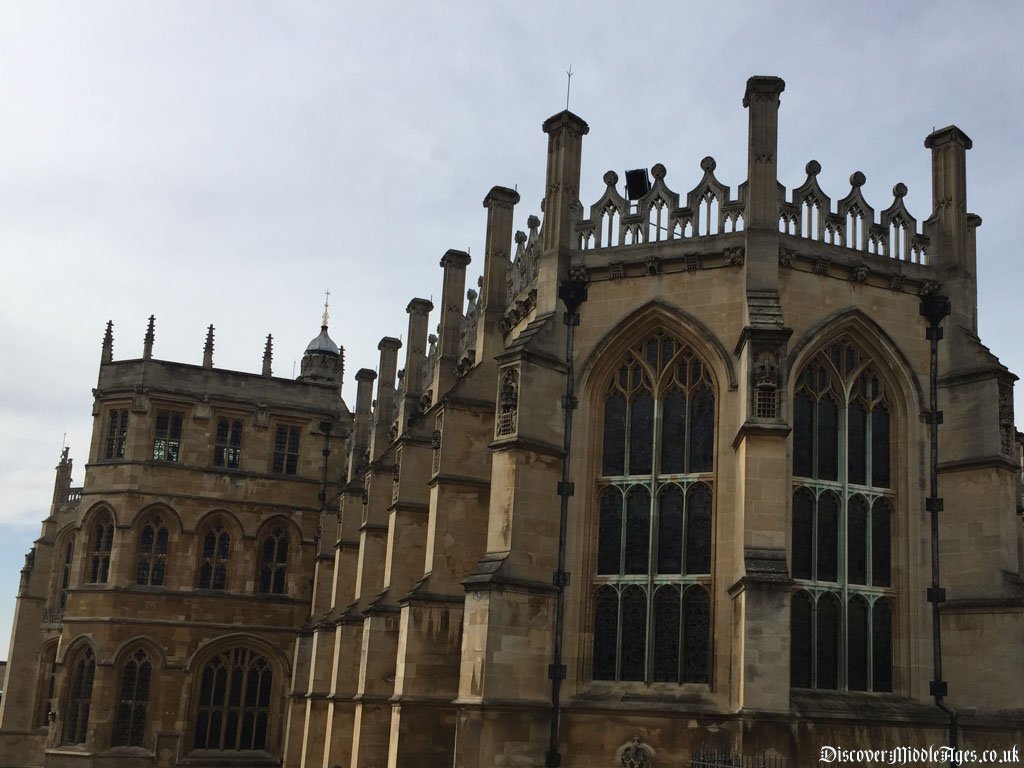

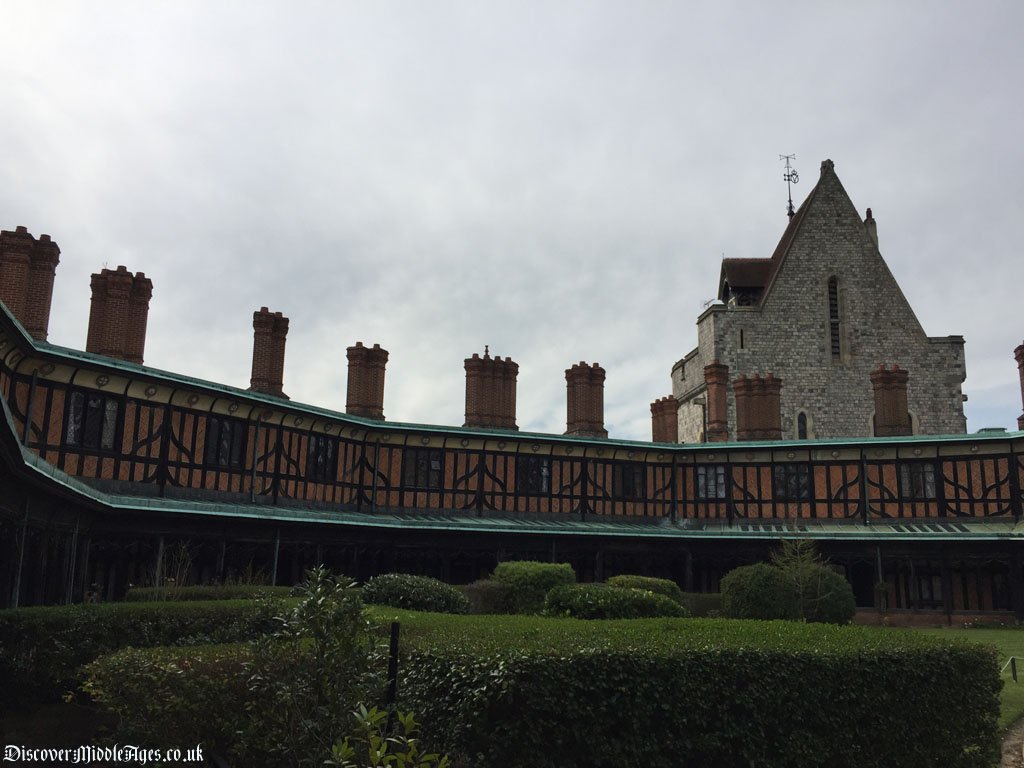
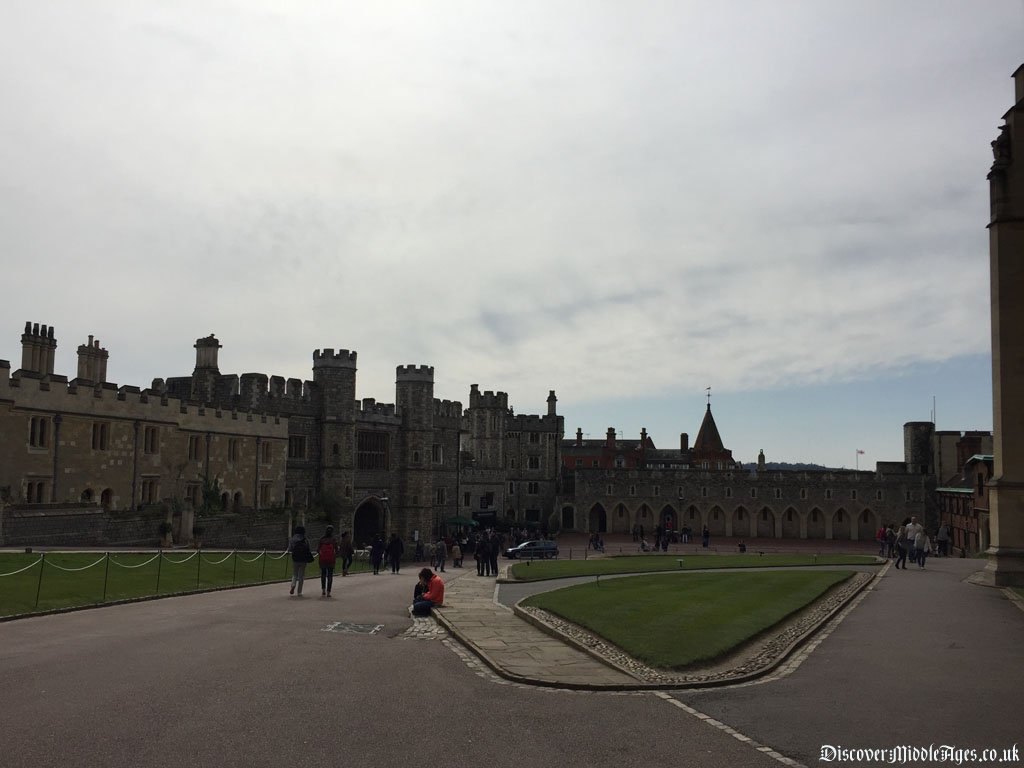
Those royals who are buried in the nave of the Chapel include George V and Queen Mary and Princess Charlotte. Those buried in the memorial chapel just off the north aisle include George VI, Queen Elizabeth and Princess Margaret. Other memorials dotted around the chapel are of Edward IV, Henry VI, Edward VII and Queen Alexandra. Within the sealed vault under the centre of the Quire, coffins of Henry VIII and Charles I are located.
Edward III's 2 metre long sword, likely used in battle, is on display in the southern part of the chapel. Further items of interest in the chapel are the intricate and outstanding woodwork and metalwork throughout the chapel, including the superb original western door of the chapel, dating back to 1240.
Today, St George's Chapel has three services taking place every day.
The Ghosts of Windsor Castle
As with all old castles, Windsor Castle has seen a vast number of visitors pass through it's gates, and some have decided to remain! Henry VIII is probably the most famous of all Windsor Castle's ghosts.
Apparently, Henry has been seen wandering the corridors and halls, pacing angrily about and occasionally heard shouting. Perhaps he was still angry at his second wife, Anne Boleyn, who has also been haunting the castle in the Dean's Cloister. Anne apparently peers through a window there, and has been noted to look distressed and sad. Unsurprisingly really!
Then there is George III, who spent many lonely nights at Windsor Castle due to his ill health. He claimed to have met the ghost of Queen Elizabeth. George himself has been seen mournfully peering through windows and doors too.
Queen Elizabeth's sightings seem to coincide with times of war, as George VI has said he witnessed the ghost of the Queen on 8 consecutive nights at the beginning of the Second World War. Furthermore, Edward VII apparently confided in his mistress about a strange encounter he had with a woman in black. He suggested that the ghost was that of Queen Elizabeth!
Windsor Castle in 1658
Visiting Windsor Castle
Windsor Castle is run and managed by the Royal Collection Trust. For details on opening times, facilities and refreshments please visit: https://www.rct.uk/visit/windsor-castle
Address: Windsor Castle, Windsor, Berkshire, SL4 1NJ




